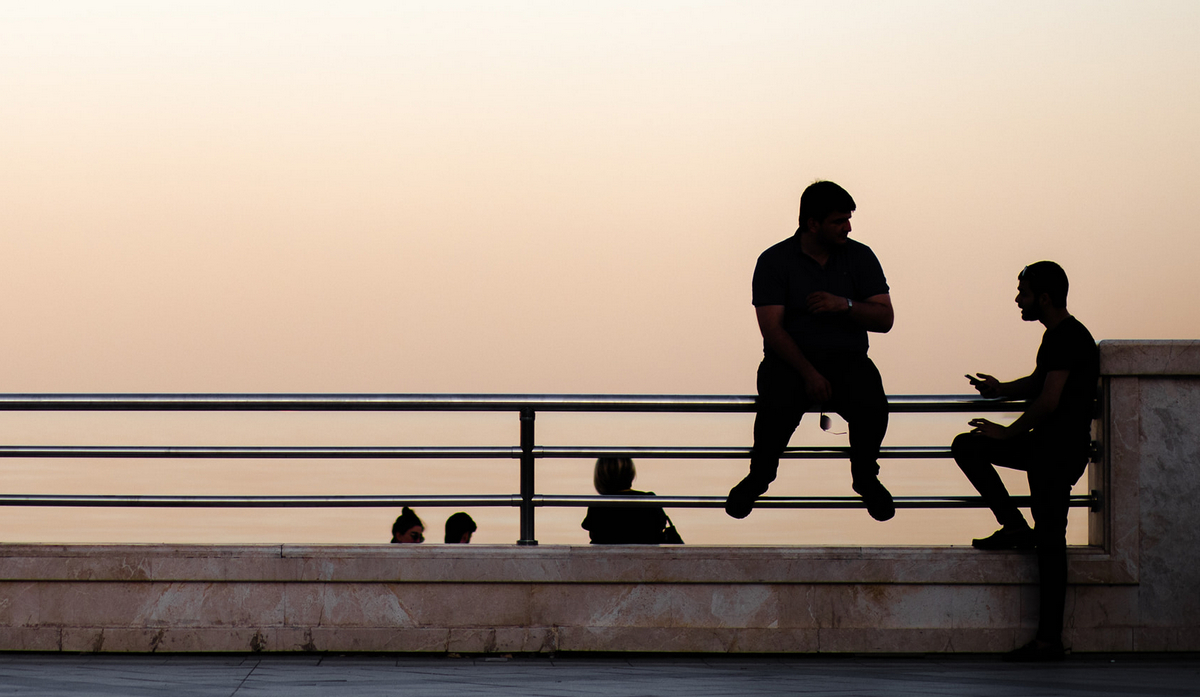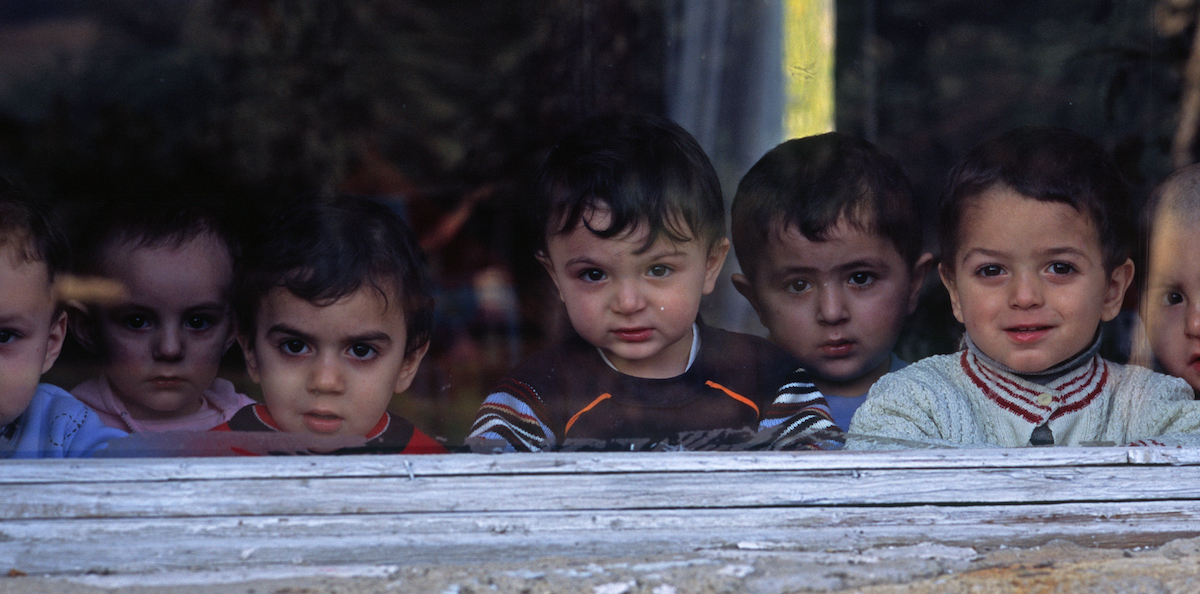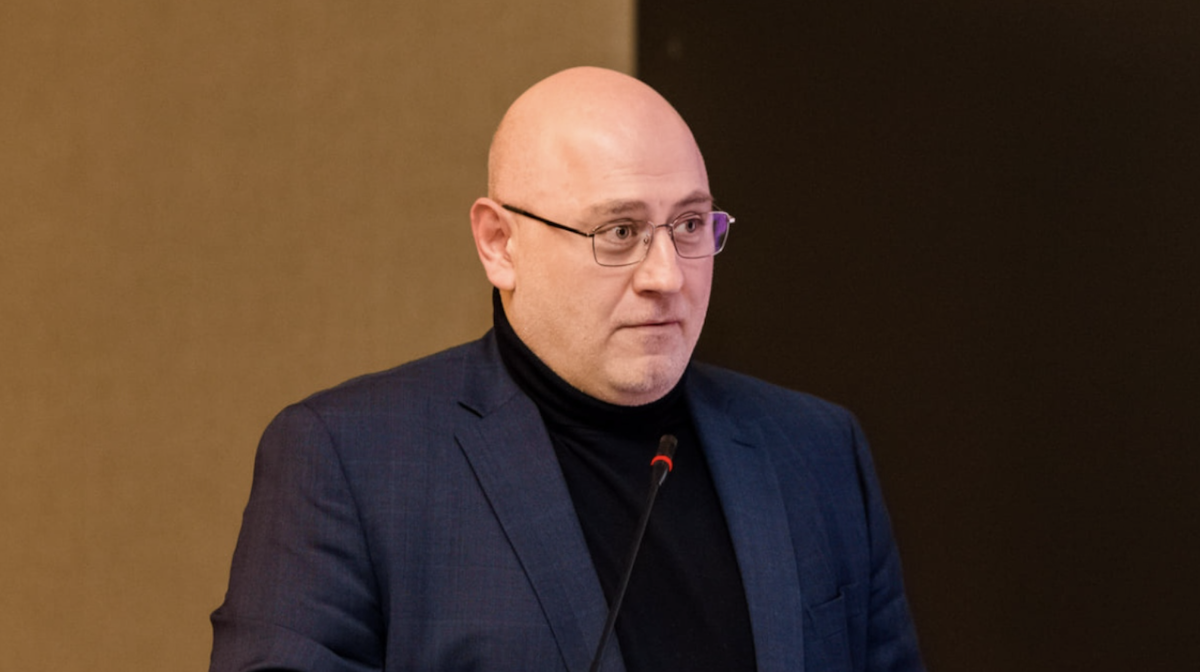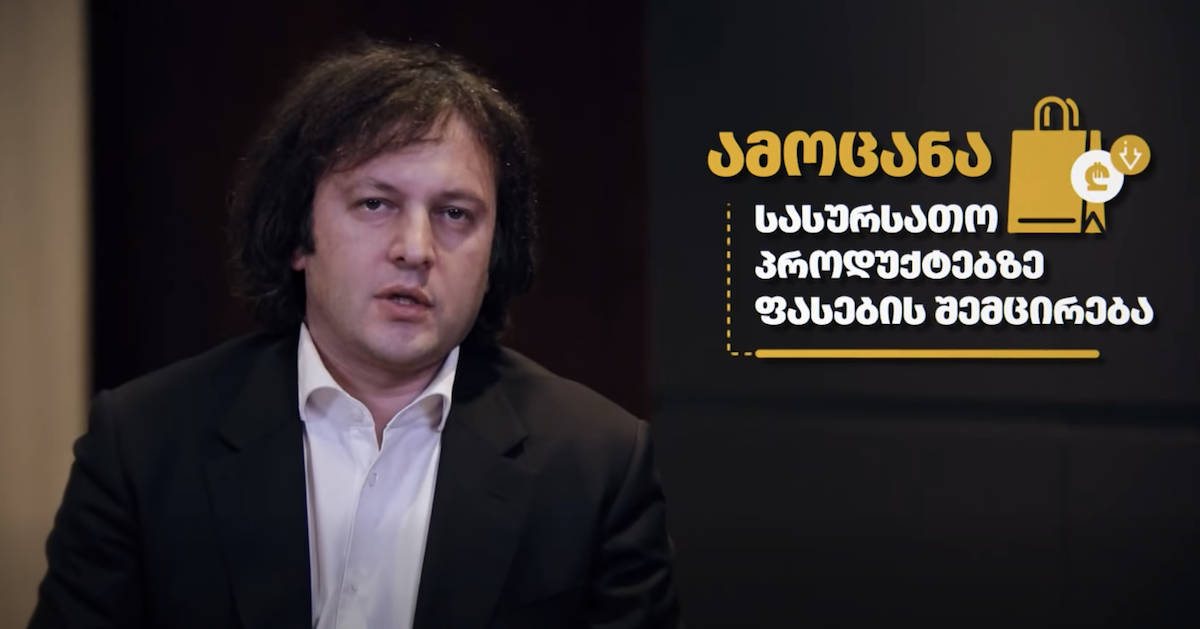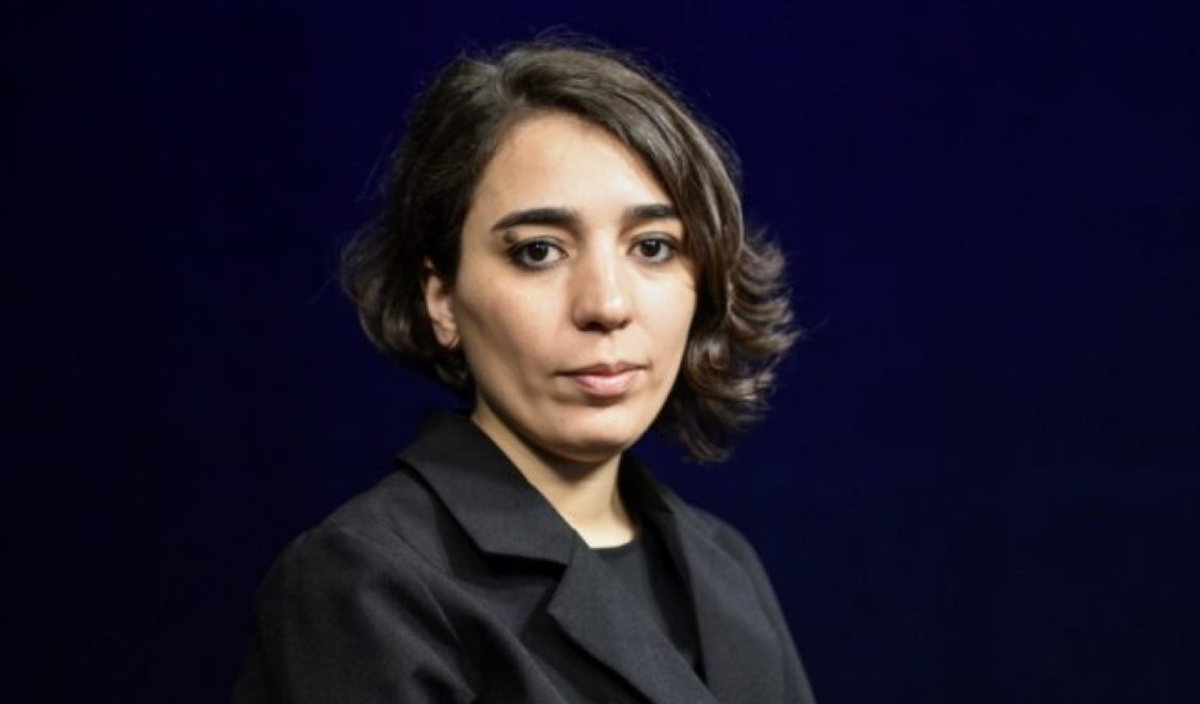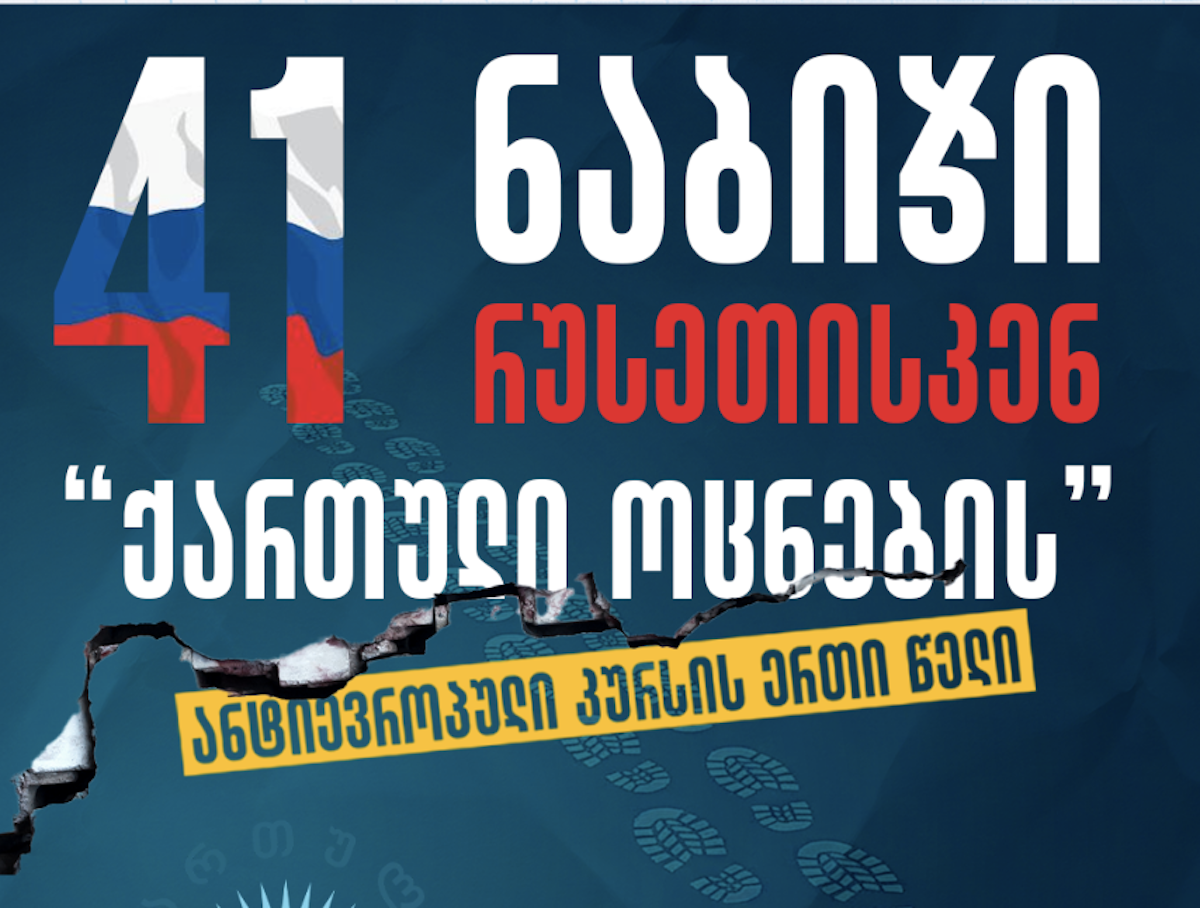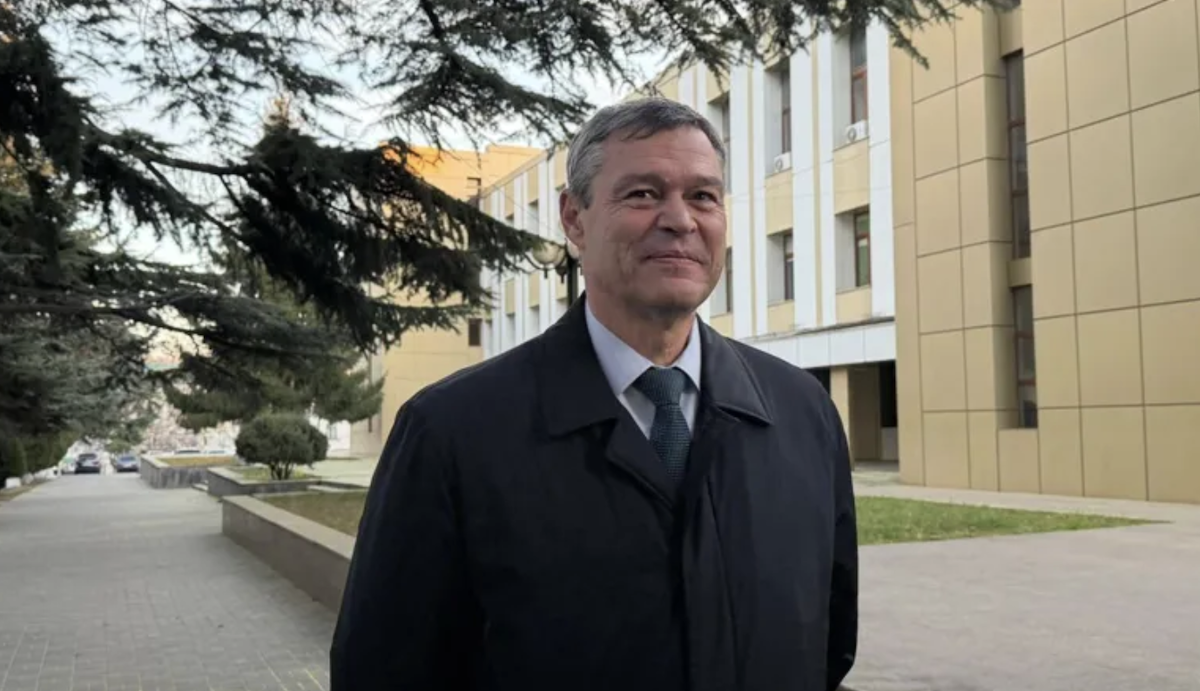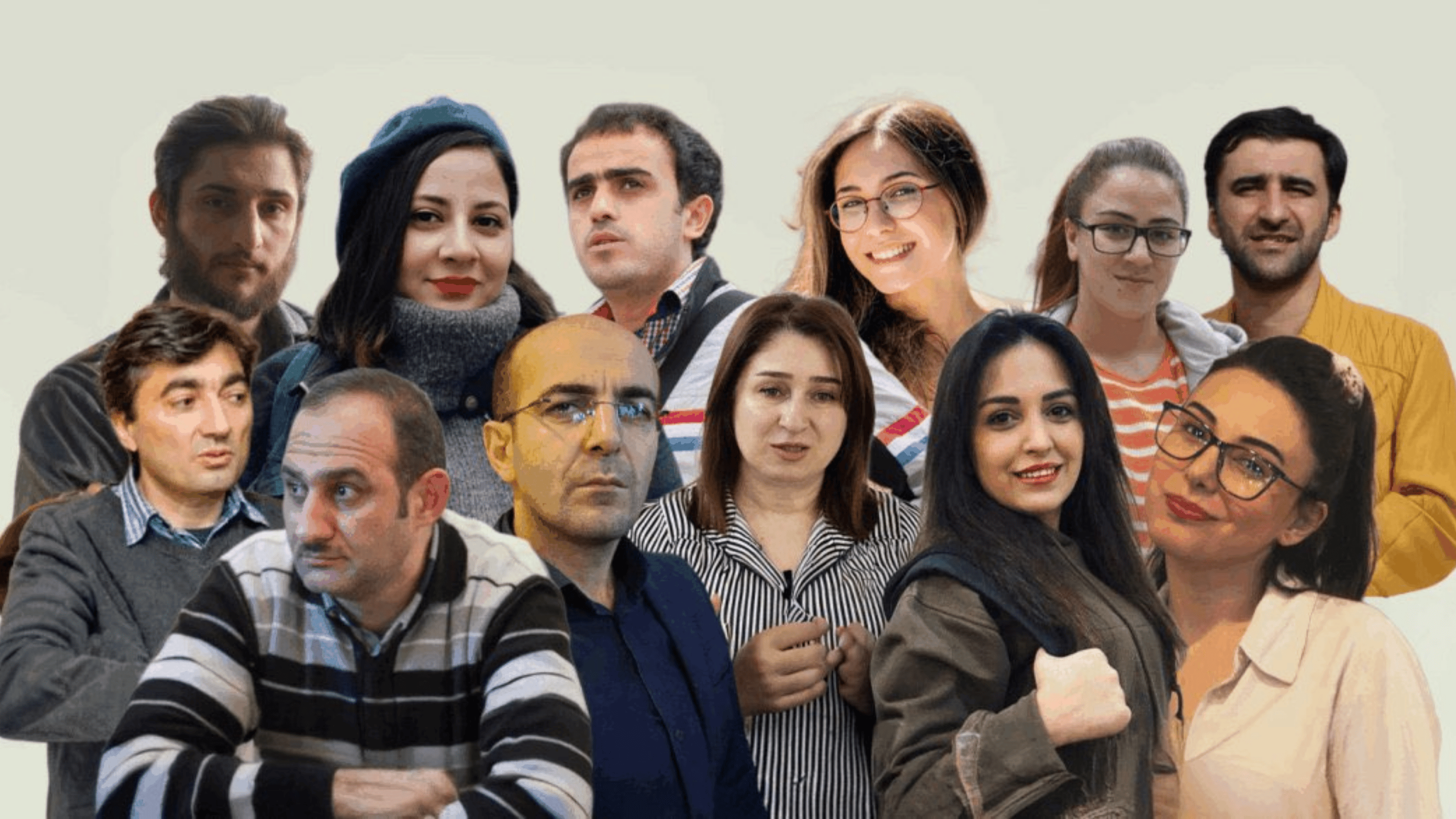How will the people “be prepared for peace” against the background of the escalation on the Armenian-Azerbaijani border?
Zaur Shiriev, the International Crisis Group‘s Analyst for South Caucasus, in an interview with JAMnews on how to prevent bloodshed on the Armenian-Azerbaijani border during the beginning of the harvest season, and on the escalation that took place on July 12-16, 2020.
• Why journalists are actually being given apartments in Azerbaijan
– In the recent report of the International Crisis Group on the escalation in July, the focus was on the situation in which civilians find themselves. What’s the difference between last year and now?
We prepared the basic part of this study in 2019, and the reality was different then.
In March 2019, the leaders of the two countries met, and an agreement was reached on the strict observance of the ceasefire along the Armenian-Azerbaijani border during the sowing and harvesting period.
There was also the political will to support this agreement. The atmosphere was positive.
We looked for common problems in the lives of people on both sides of the border, and suggested what general ways of solving them might be.
Some problems were not formed as a result of the conflict, but the conflict exacerbated them, and they can be solved only with the cooperation of the two countries.
Such steps can no doubt strengthen people’s confidence in peace.
We planned to publish the study on July 20. But on July 12, clashes broke out at the border, and this changed the atmosphere and context.
We tried to incorporate new findings due to the latest events, but in general, our recommendations have remained unchanged.
– The report notes the importance of establishing direct communication between Baku and Yerevan – so that children in front-line villages can safely go to school, and farmers can work in their fields. This communication existed in 2018 and 2019. What will happen now?
After a meeting of representatives of the parties in September 2018 in Dushanbe and in March 2019 in Vienna, a communication channel was not only created, but also developed.
Its essence was, basically, that Baku and Yerevan would inform each other after certain events had already taken place.
But we showed in our report that working proactively can help in many areas.
The actions of engineering units or patrol groups can be perceived differently by the two sides, the likelihood of misunderstandings is high. To avoid this, the parties must inform each other.
[The problem is also] that communication between capitals does not reach the peoples […] Recent events have hit the population very hard socially and psychologically. It will be difficult and time consuming to convince them.– Who could benefit from the conflict moving to the border?
I find it difficult to say whether there is any interest in Armenia or Azerbaijan.
If the clash took place on the line of contact of the troops – […] one could assume that the Azerbaijani authorities are interested […] in the partial return of the lands, as, for example, it was during the escalation in April 2016.
But there are no military or political expectations associated with the border.
Some in Azerbaijan say that [Armenia] intended to seize a military post. Is this a strong enough argument to nullify all the results achieved over the past two years?
What happened is a great loss for both sides.
Why did it happen exactly there? Over the past 6-7 months, clashes in that border zone have become more frequent. Political rhetoric has changed, and accusations and discontent may have increased tensions.
At the same time, Armenia announced its official version, while Azerbaijan did not give any comments.
The Azerbaijani Defense Ministry only stated that Armenia’s version does not correspond to the truth, and our ambassador to Russia said that the UAZ is ‘not a tank.’
Azerbaijani officials told the International Crisis Group that a UAZ vehicle is carrying out a patrol service between our posts on that territory. That the enemy side had staged a provocation the day before and attacked this UAZ, and then, when the soldiers in the car were heading to their post, they opened artillery fire on them.
If we talk about third-party forces, then some interpret the incident as an attack on Azerbaijan’s energy projects. But I do not think this is the case.
Not only a gas pipeline runs in that direction, but also a railway. If someone was interested in this, it could have been arranged during the construction of the gas pipeline.
If we talk about Russia, at the moment Azerbaijan does not compete with Russia on the gas market.
– In your opinion, is the Minsk Group, which facilitates the negotiation process in the Karabakh conflict, still the best format?
Azerbaijan believes that the Minsk Group, if it wants to, can achieve the signing of a “peace agreement”.
But these expectations are often too high, and the result is therefore disappointing.
The disappointment stems from the fact that we sometimes perceive the Minsk Group not as a mediator, but as an arbiter. […]
The Minsk Group was active in the settlement process at the level of the leader, that is, in other words, it performed the functions of a leader. At the Key West talks in 2001, the USA was the leader, at the talks in Rambouillet in 2006 – France, in 2008 and 2011 – Russia.
But the job of the mediators is to propose plans and find a compromise between the parties.
I largely agree with the criticism leveled at them. But it is unrealistic to abandon the Minsk Group or replace the format.
An appeal was made to “prepare the peoples for peace,” but after a little over a year, these peoples are fighting hand-to-hand in foreign countries.
Unfortunately, after the statement was made in January 2019 on preparing the peoples for peace, this statement was never filled with content.
They could not explain to themselves, to societies, to experts, or to journalists what this means.
The preparation of the peoples for peace in Armenia and Azerbaijan had to take place in different ways.
But during all this time, only a mutual trip of journalists was organized, and they also could not tell their peoples anything.
In the 1990s, Azerbaijani journalists formed opinion in their society. And today, independent media is stifled.
They must not be hindered; on the contrary, all conditions must be created so that they can convey their voices to the people. In the peace process at the most critical moment, the voice of the people becomes decisive, and it is very important in which direction the formation of public opinion will be directed.
What is happening today is regrettable. The epicenter of events moved from Armenia and Azerbaijan abroad.
I am concerned that this increases the chances of further exacerbating the situation, adding fuel to the fire.
I am also worried that terms are devalued in our country. In recent days, those who call for an end to clashes are called “pacifists.” That is, in fact, they give this word a derogatory, insulting meaning, in fact, equate it in meaning with a “coward”, “traitor”, “defeatist”.
And this shows that a significant part of society does not understand the meaning of such terms as “liberal”, “nationalist”, “pacifist”, does not understand the types of ideology. And some people, so as not to be ranked among the “pacifists”, chose to sit quietly and not express their opinion.
For society, a period of transparency should come in the context of a direct conflict, they should know what results the negotiations brought or did not bring, what a compromise is.
If people do not see the big picture, do not know which path was passed, what a compromise is and how it was reached, expectations will grow. And in the absence of changes in the resolution of the conflict, this will be accompanied by disappointment.
The main role in this whole process, of course, belongs to free media and NGOs.










